2 Secrets to become an EXPERT BOWLER:
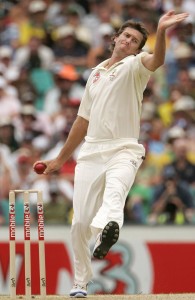
For some time I am writing about Fast Bowler and Fast Bowling Techniques. In the previous posts, I wrote about the Classification of Fast Bowling and Tips for Fast Bowling. In this post, I am going to write about the secrets of becoming an Expert Bowler. It does not matter which kind of bowler you are (Fast of Spin). These secrets are the common disciplines every bowler has to follow.
1. Line:
Line refers to the path of the ball towards the batsman. An effective fast bowler needs to be able to bowl at a consistent line. It belongs to the horizontal dimension running from the off to the leg side. Line usually described by fast bowlers is the so-called corridor of uncertainty. It generally lies between middle stump to 6 inches outside off-stump. It is difficult for the batsman to judge whether or not such a ball is going to hit the stumps. So he gets confused whether to attack, defend or leave the ball. This technique was historically known as off theory. Variation in line is also important and deliveries on leg stump can also do the tricks sometimes.
Line controls the shot making of the batsmen. It can control the amount of room the batsman gets to play various shots. It sometimes limits his options and dictates what shot he must play. Its because, a line directed at the wicket must be defended with the bat. If a batsman fails to hit the ball, he will be out bowled. If a batsman blocks the ball with the body is likely to be out leg before wicket.
Mastery of the line is best utilized to exploit a batsman’s weakness. Every batsman usually has weakness hitting a particular shot. Bowler with an effective line can place the ball on his weak spot time after time. It is the best way to play with the batsman and get him out. Failing to overcome this trouble has been ended the careers of lots of batsmen.
2. Lengths:

Length describes the distance the ball travels toward the batsman before bouncing. There is no fixed distance to a good or any other length of ball in cricket. Distances vary with the speed of the ball, the state of the pitch and the height of the bowler and batsman. There are five types of lengths fast bowlers generally bowl.
I. Good Length: A good length ball is one that arrives at the batsman at around waist height. It’s usually called the best length to ball. This length troubles the batsmen because it comes avoids the short making ranges. Batsmen can’t play the ball on the front foot because it’s too high for that. In the case of back foot play he will get himself into trouble. But always bowling a good length is not always appropriate. In some situations, pitches and against some batsmen other lengths will be more effective. The diagram to the right should help explain what the different lengths mean.

II. Short Pitch: A ball which bounces a little before the good length and rises to the batsman’s abdomen is called short pitch or long hop. It is easier for a batsman to hit because he gets more time to judge the deviation after bounce. A short-pitched ball is also at a more suitable height for the batsman to play pull shot.
III. Bouncer: A ball which bounces way before the good length and reaches shoulder or head height is a bouncer. It can be an effective delivery. Ball which is short enough to bounce over the batsman’s head is called wide by the Umpire. Bowling short pitched or wide balls is a bad idea. They are relatively easy for the batsman to defend or attack.
IV. Full Pitched: Ball which bounce slightly closer to the batsman than the good length is full / over pitched or half volley. It is easier for the batsman to play than the good length. It’s because they do not have time to move much after bouncing off the seam. But on green pitches with bowler friendly conditions they become the asset.
V. Yorker: The closest ball to the batsman’s feet is the Yorker. It’s a very effective and almost unplayable length if bowled correctly. If the ball fails to bounce at all before reaching the batsman it’s called a full toss. It’s very easy for a batsman to play such a delivery which doesn’t deviate off the pitch.
The length of a ball controls how high the ball will rise from the pitch on its way to the batsman. A short ball rises relatively high, loses some pace and becomes easier to hit. A full pitched ball does not have time to seam. Thus it also becomes easier for the batsman to hit. A good length ball lies between these two. It bounces far enough from the batsman for significant lateral movement. Its also not so far that he can react easily to hit it. For fast bowlers the good length ball is usually six to eight meters before the batsman. For spinners it is usually three to four meters before the batsman.
There are some more factors a bowler should always keep in mind. Bounce vary according to the state of the pitch andclimatic conditions. It also very due to the height and some times playing style of the batsman. To be successful, a bowler has to adjust quickly according to it.
A bowler vary his length to upset the rhythm of a batsman. There are some specific sequences to trap the batsmen.
In the first strategy, there would be a series of short balls to the batsman. It allow him to play shots on the back foot. It also provide him more time to hit the ball. Then bowler bowls a full ball (full/yorker). If the batsman does not react to this change in length in time, he can get into trouble. This time his weight usually balanced on the back foot. If he misses the ball with his bat, there are chances of being out bowled, caught behind or LBW. This ploy can even get quality batsmen out.
Another attacking strategy is to pitch a ball very short. These balls bounce up around head height to the batsman. Batsman avoid these bouncers otherwise the ball could hit him. This strategy unsettle the concentration of the batsman. It makes him uncertain about the next few balls. In the next delivery the bowler usually bowls a yorker. This ploy works against the tail-enders all the time. They either get caught on the bouncer or get bowled/ LBW in the next bowl.
Variation in length is very important for a fast bowler. Good length, bouncer and yorker are the best three lengths to bowl. The faster the bowler, the harder it is to achieve consistent line and length. But, the speed can make up for the inconsistency. Fast bowlers with accuracy can be devastatingly effective. Glenn McGrath and Shaun Pollock are the best examples of it.
I hope you liked the post. Please do comment your views on it. If you have any doubt, I would be happy to answer.


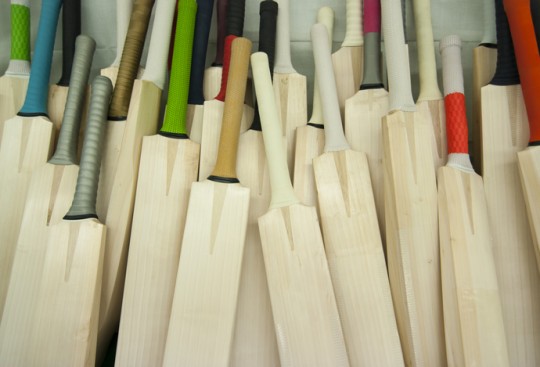
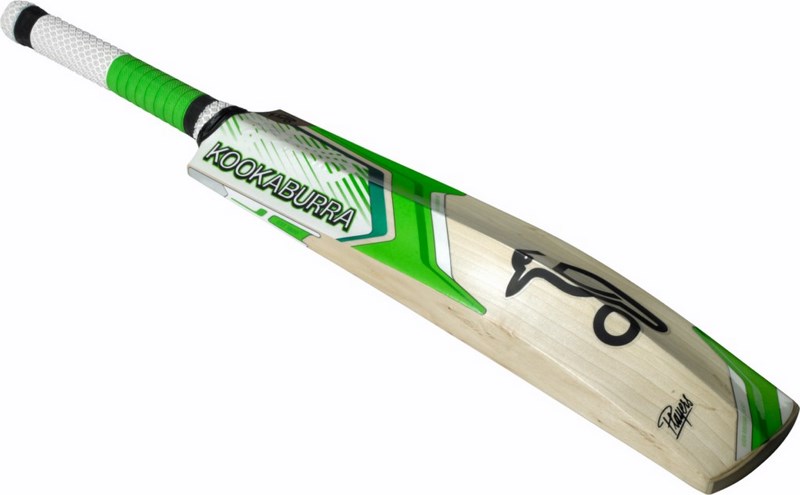
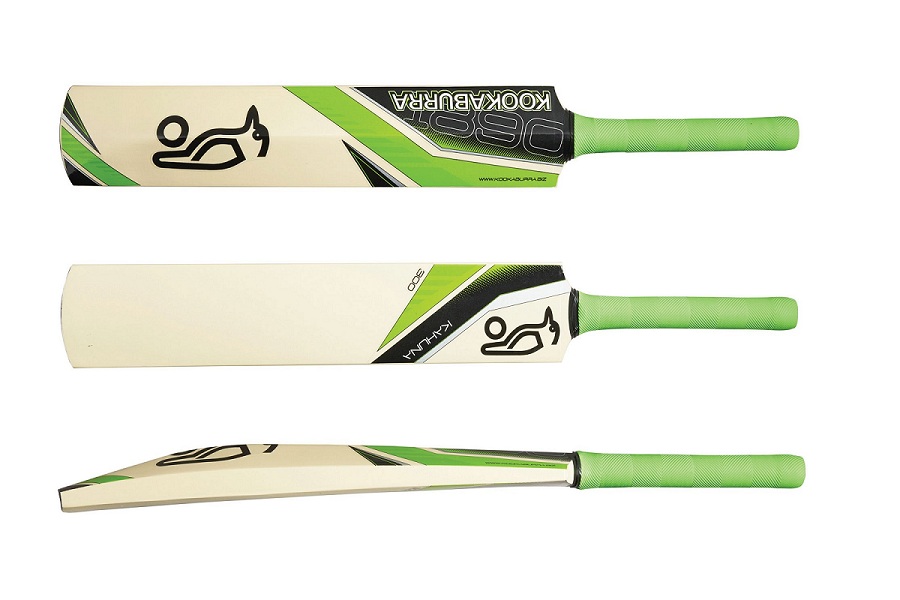
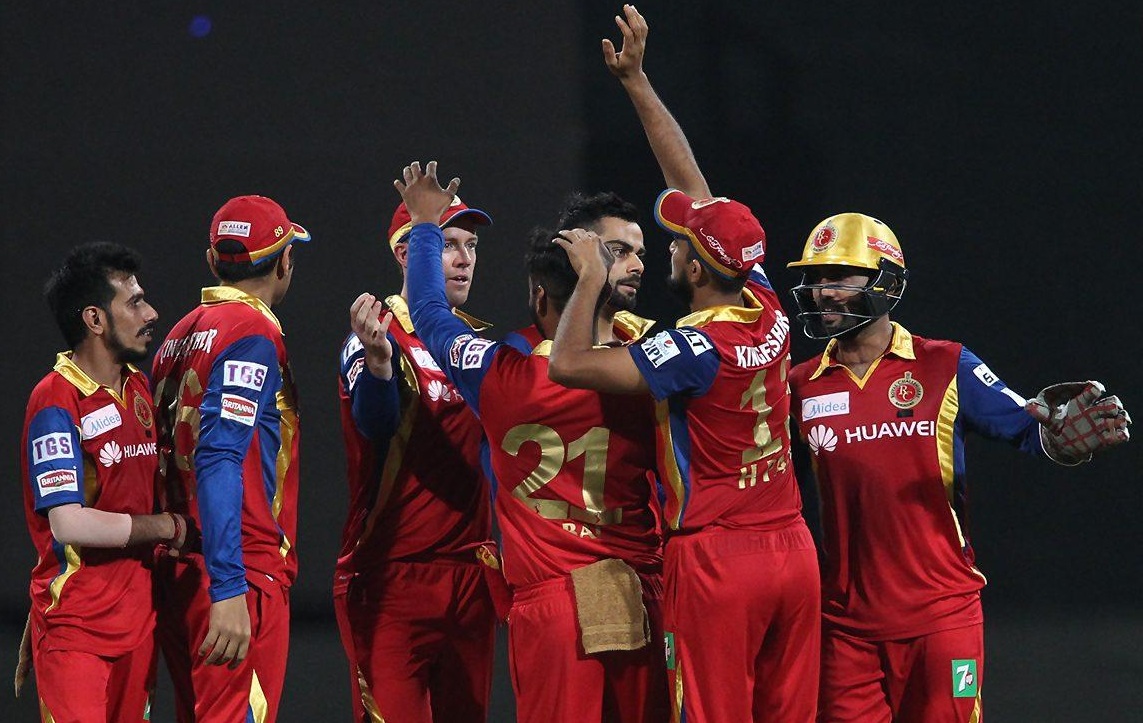


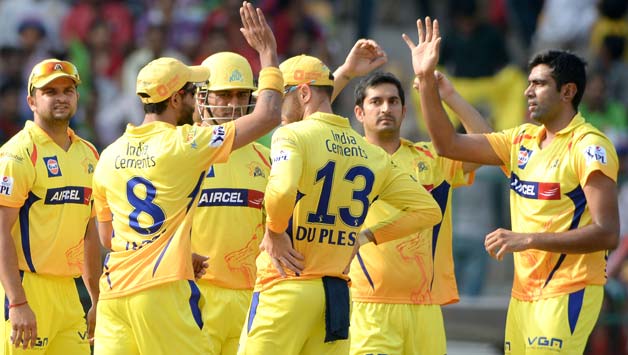
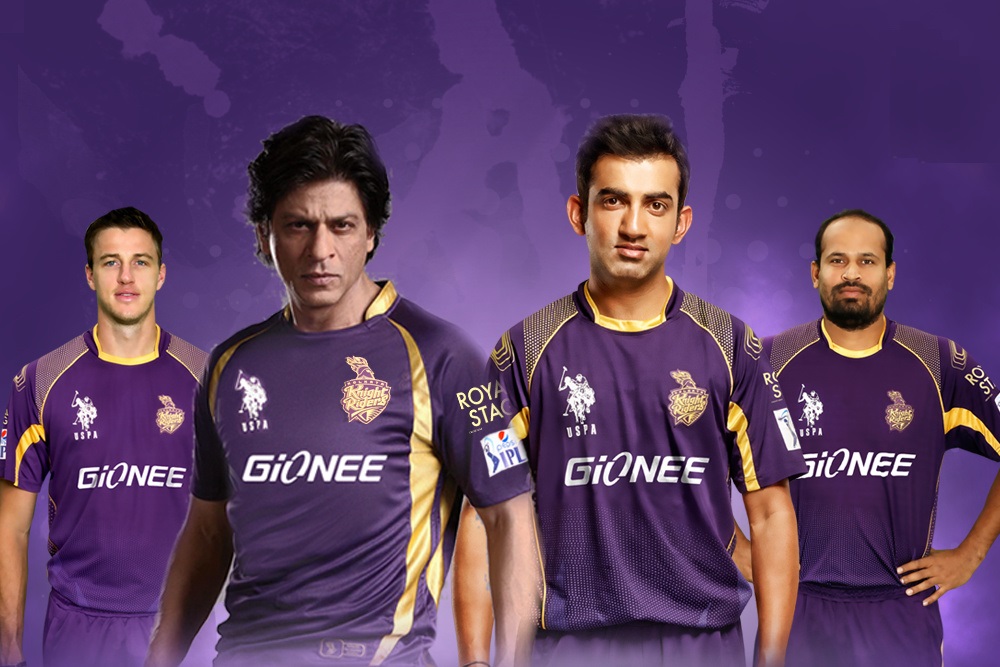
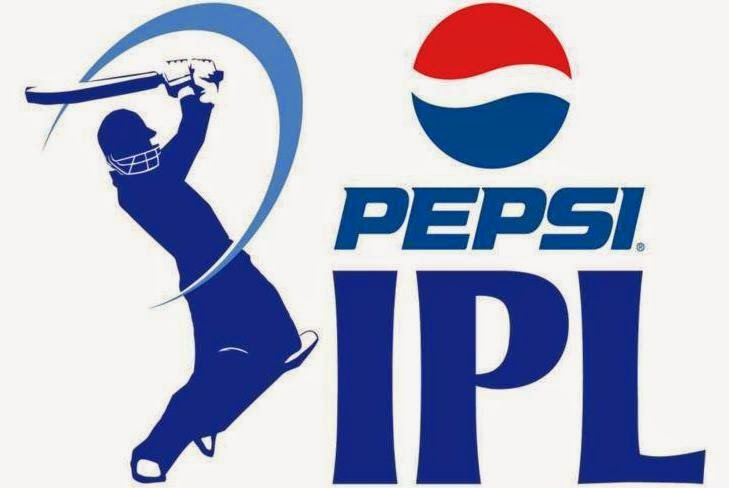
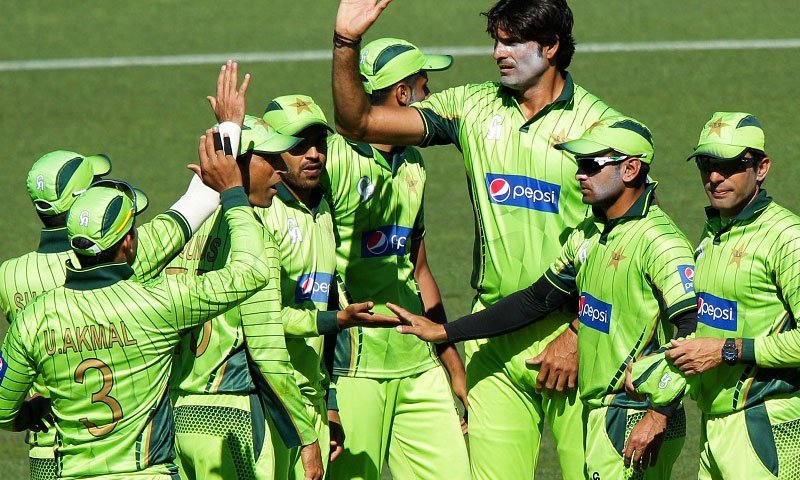
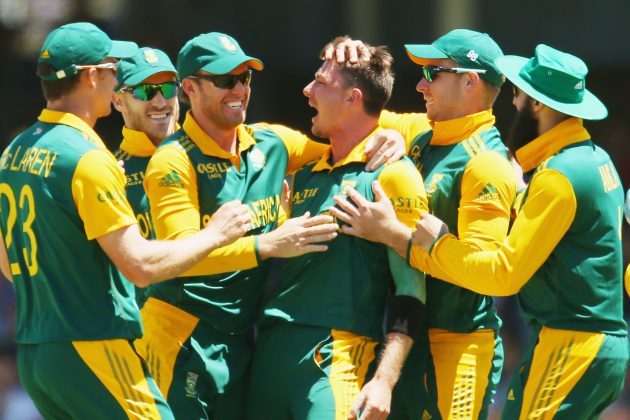

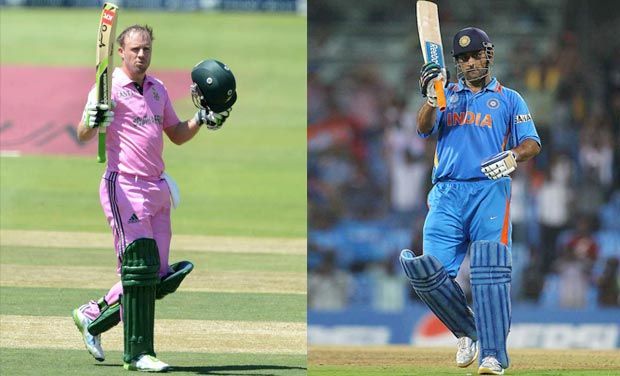
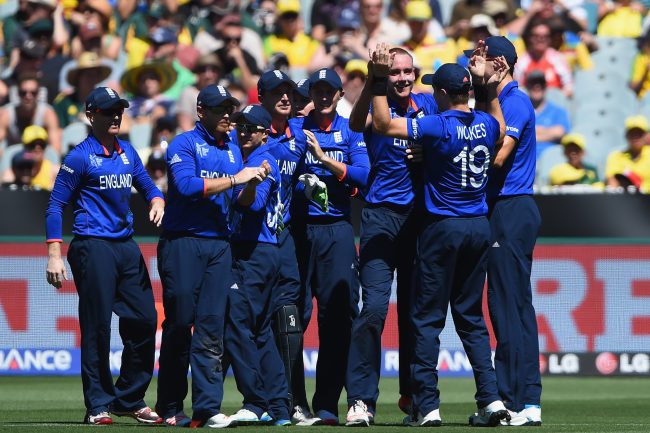

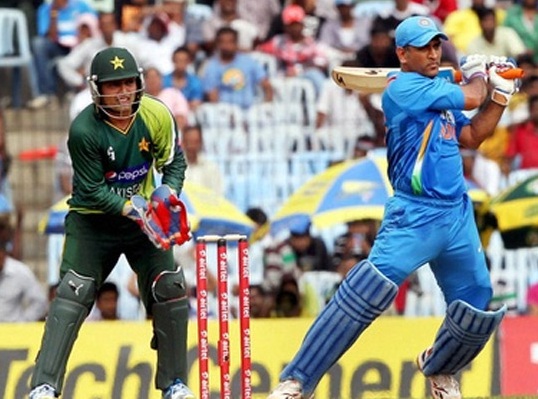
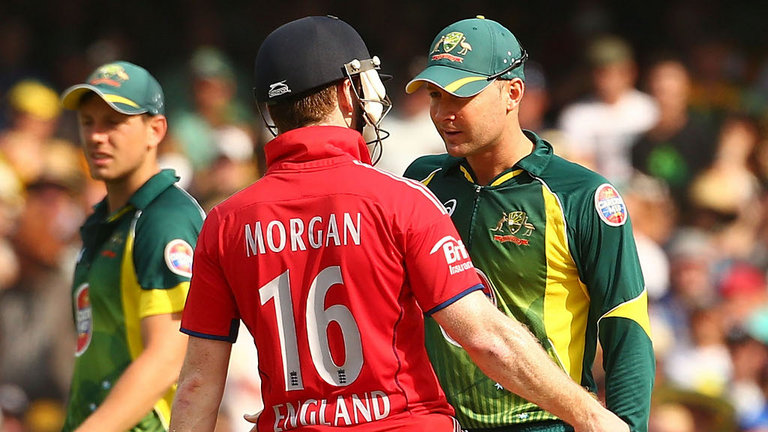
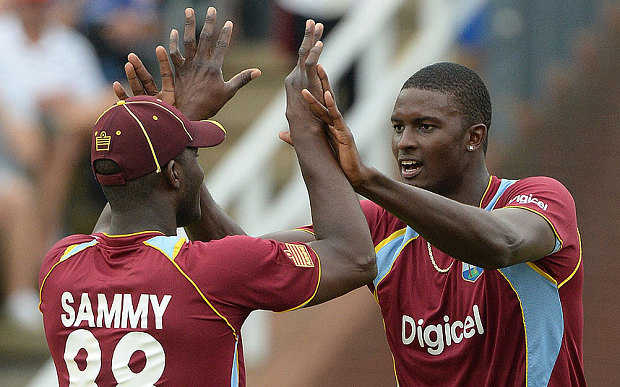

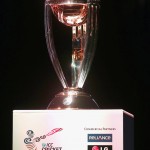
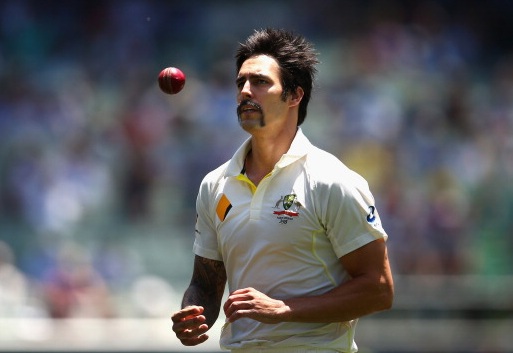
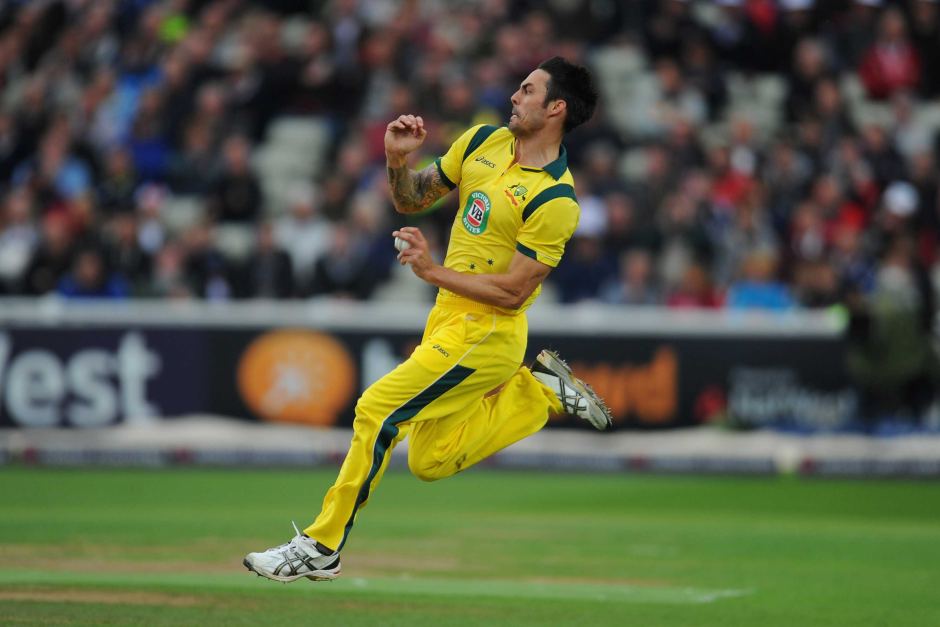

Comments 1
i can’t bowl in good lenth consistancely